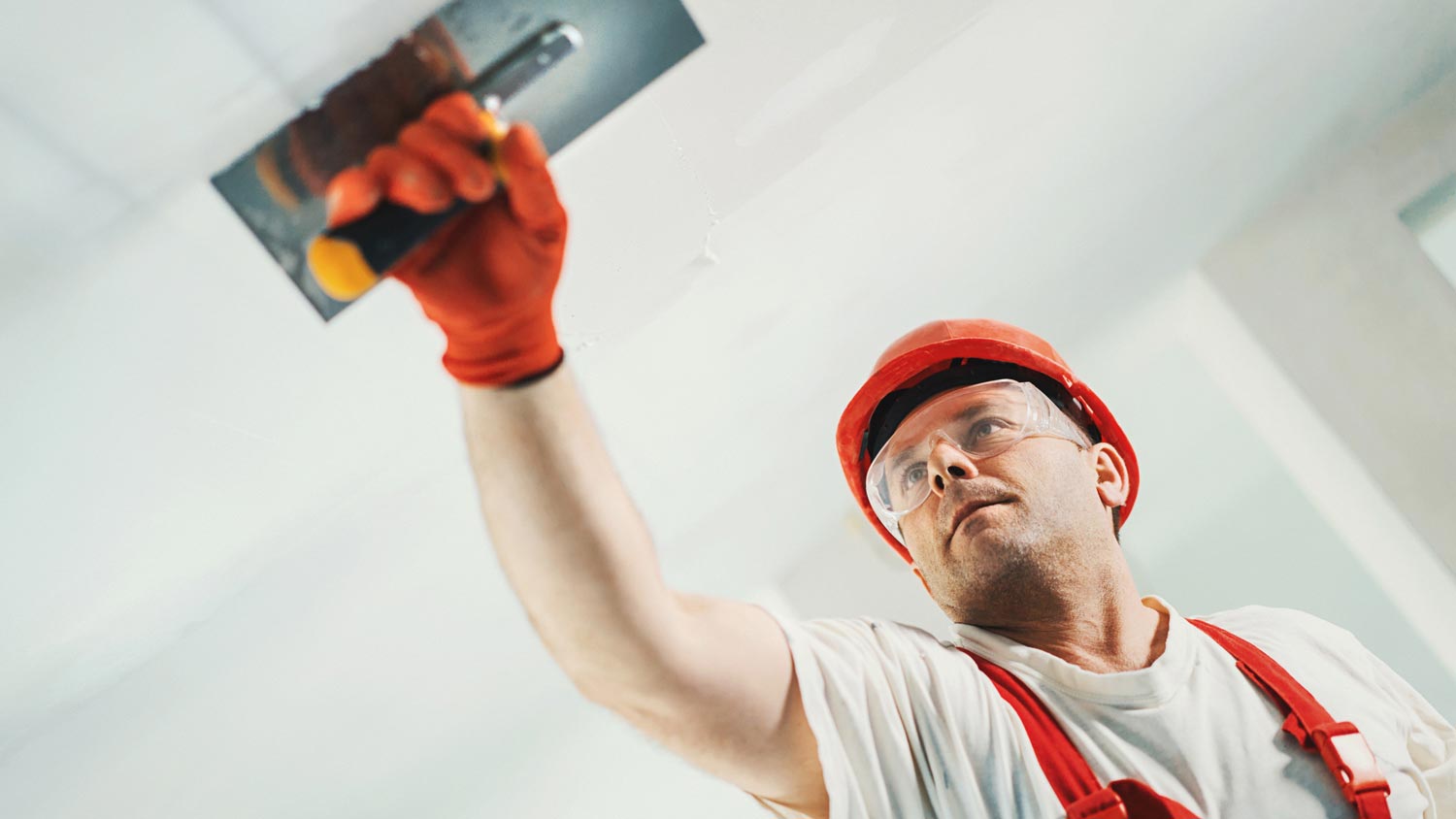
Skim coating drywall is a great alternative to replacement, and is often more affordable. Use this guide to estimate the cost to skim coat walls in your home.
Look, listen, and investigate to identify your wall type


You look at them daily, but do you know what material makes up your walls? Most interior walls are drywall or plaster supported by underlying wood studs. The plaster or drywall forms a solid surface you can paint, wallpaper, or cover with brick or wood veneer and customize to your tastes. If you aren’t sure what type of walls your home has, here are eight easy tips for how to tell whether they’re drywall or plaster.
Plaster was the standard before drywall, and most homes built before the ‘40s have plaster walls. However, your walls are most likely drywall if your home is newer—in other words, if it was built or extensively remodeled after the ’70s.
However, homes built in the ’50s and ’60s can have either, so you’ll want to investigate further. It’s a toss-up as to whether your walls are drywall or one of the popular types of plaster from that era. A drywall contractor can take a look and let you know which wall material you have in your home.
If your house was built within the last 30 years, odds are you have drywall. Drywall is more affordable than plaster, making it a popular choice in modern homes, whereas plaster has a classic look predominantly found in older and higher-end homes.
Tap walls lightly with your fist and listen closely. If the wall sounds hollow, it’s likely drywall. If it has a solid feel and doesn’t make much of a sound, or your knock sounds more like a thump, your walls are probably plaster.
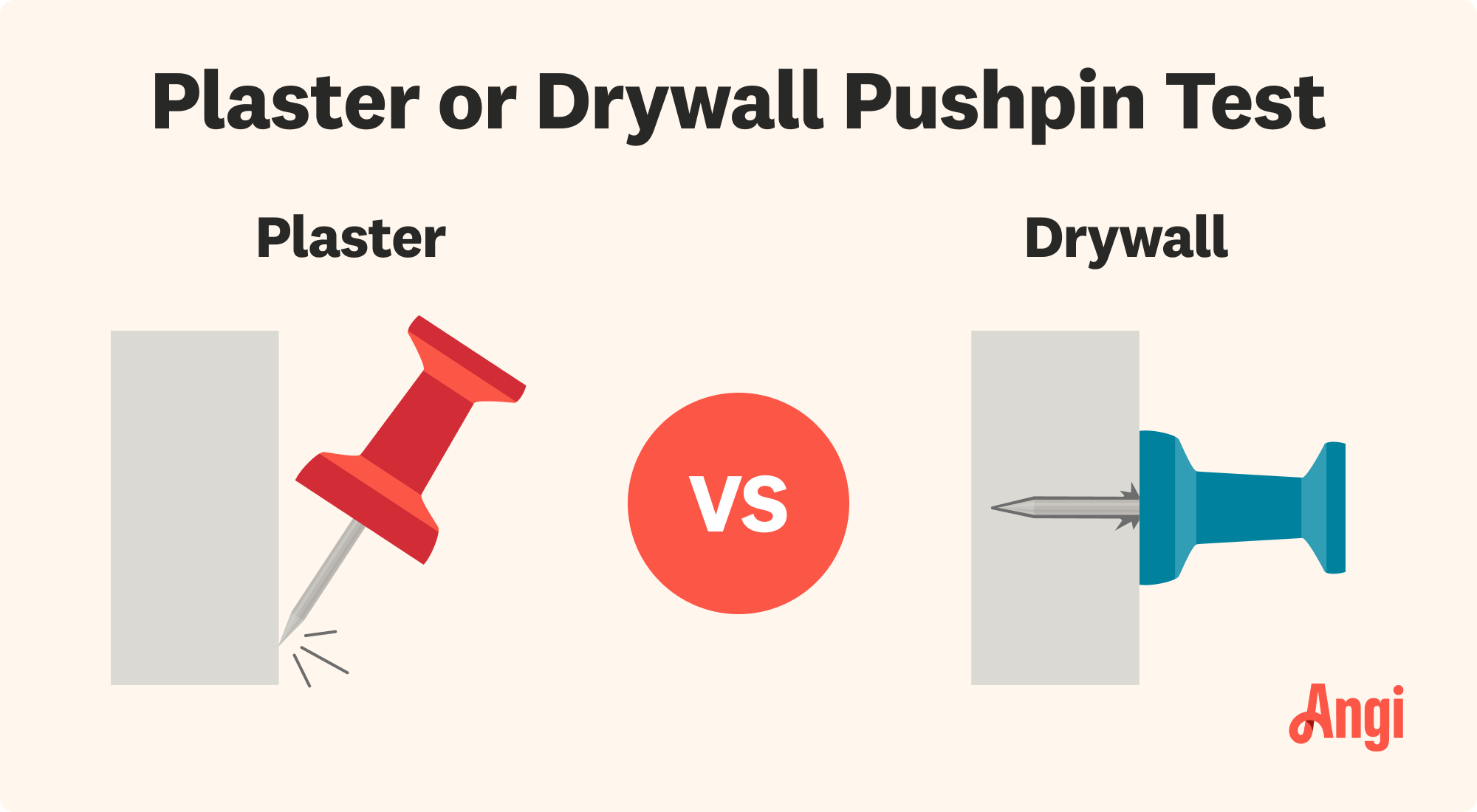
Find a hidden or less obvious place and poke a pushpin or thumbtack into the wall. Drywall is softer than plaster, so pins will go in easily and won’t crack the surface. If you have a hard time pushing in the pin or the wall surface cracks, you have plaster walls.
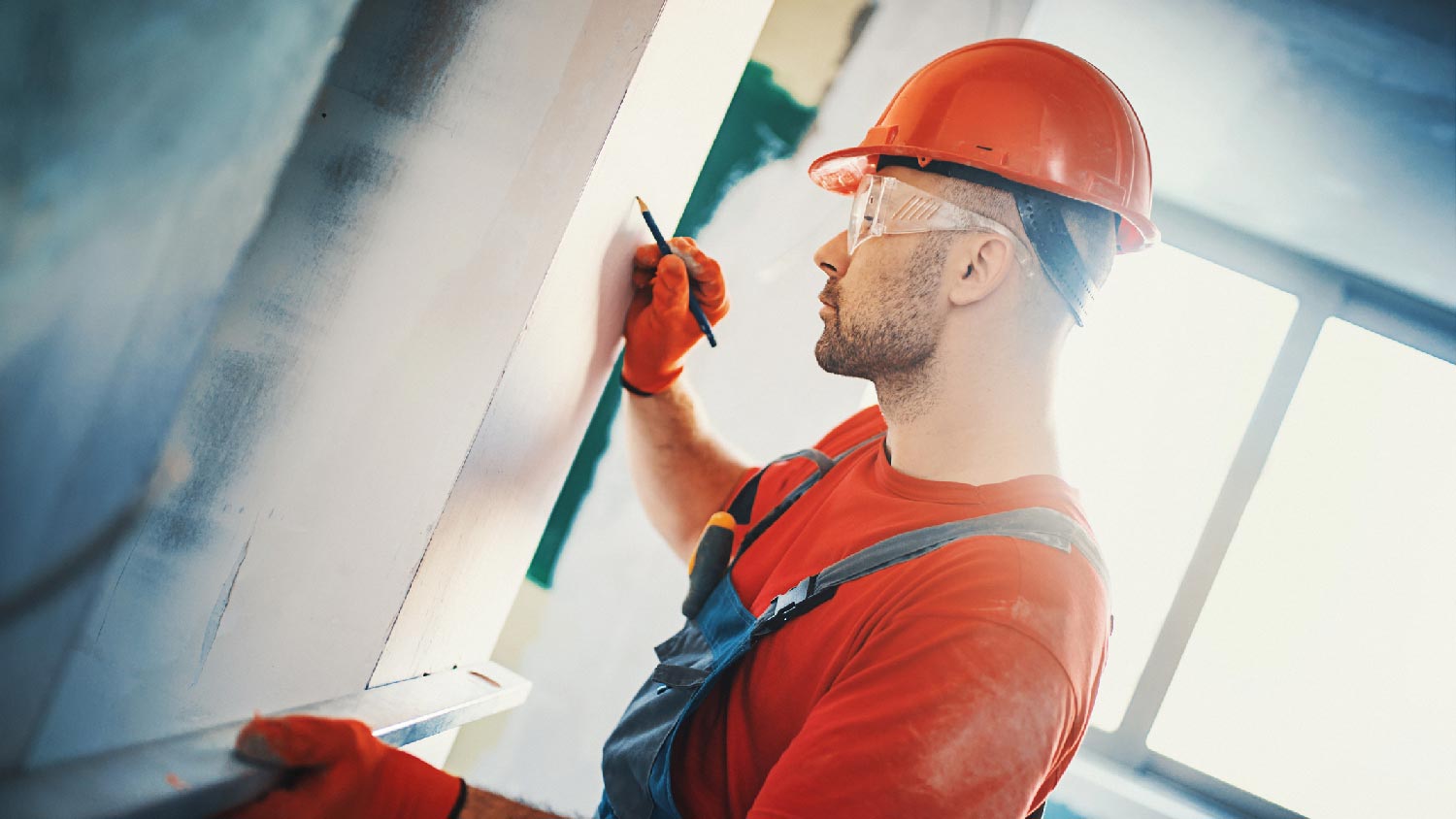
You're probably looking at plaster if you can see cracks, flaking paint, or other imperfections. Plaster walls tend to form spider-web cracks or irregular cracks that run in various directions across the walls. Drywall or sheetrock® doesn’t crack—except between drywall sheet joints, so cracks tend to be straight in smaller, localized areas.
If your walls are flat and straight with 90-degree angles at every juncture, there’s a good chance there’s drywall on your walls. However, it may be plaster if your home has curved doorways, arched window openings, or thick, decorative surface swirls. Plaster walls can have an old-fashioned or handmade aesthetic, so they’re perfect for cottages, traditional-style homes, and homes with arches or rustic interiors.
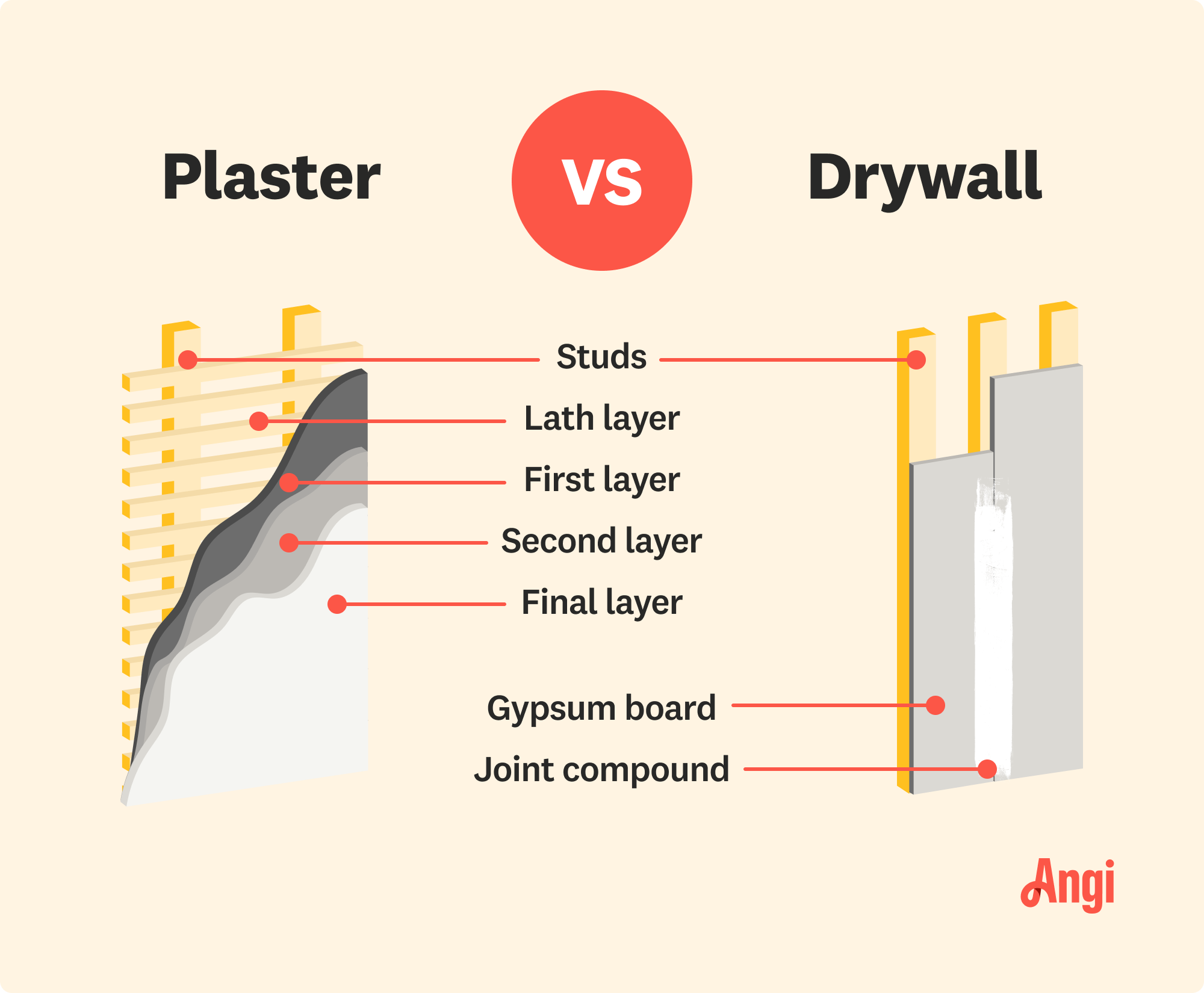
If you don’t trust the other methods, or you still don’t know what type of wall you’re looking at, seeing is believing. Start by removing a light switch plate or electric socket plate so you can see what’s behind the wall. Then, use a flashlight to examine the internal wall construction.
If you see layers of plaster and wood with no paper backing, you’re looking at plaster walls. If you see layers of paper on either side of white gypsum rock or chalky-looking sheets, you've got drywall. Another tell is wiring: Wires behind drywall are enclosed in electrical boxes, while wires behind plaster are loose.
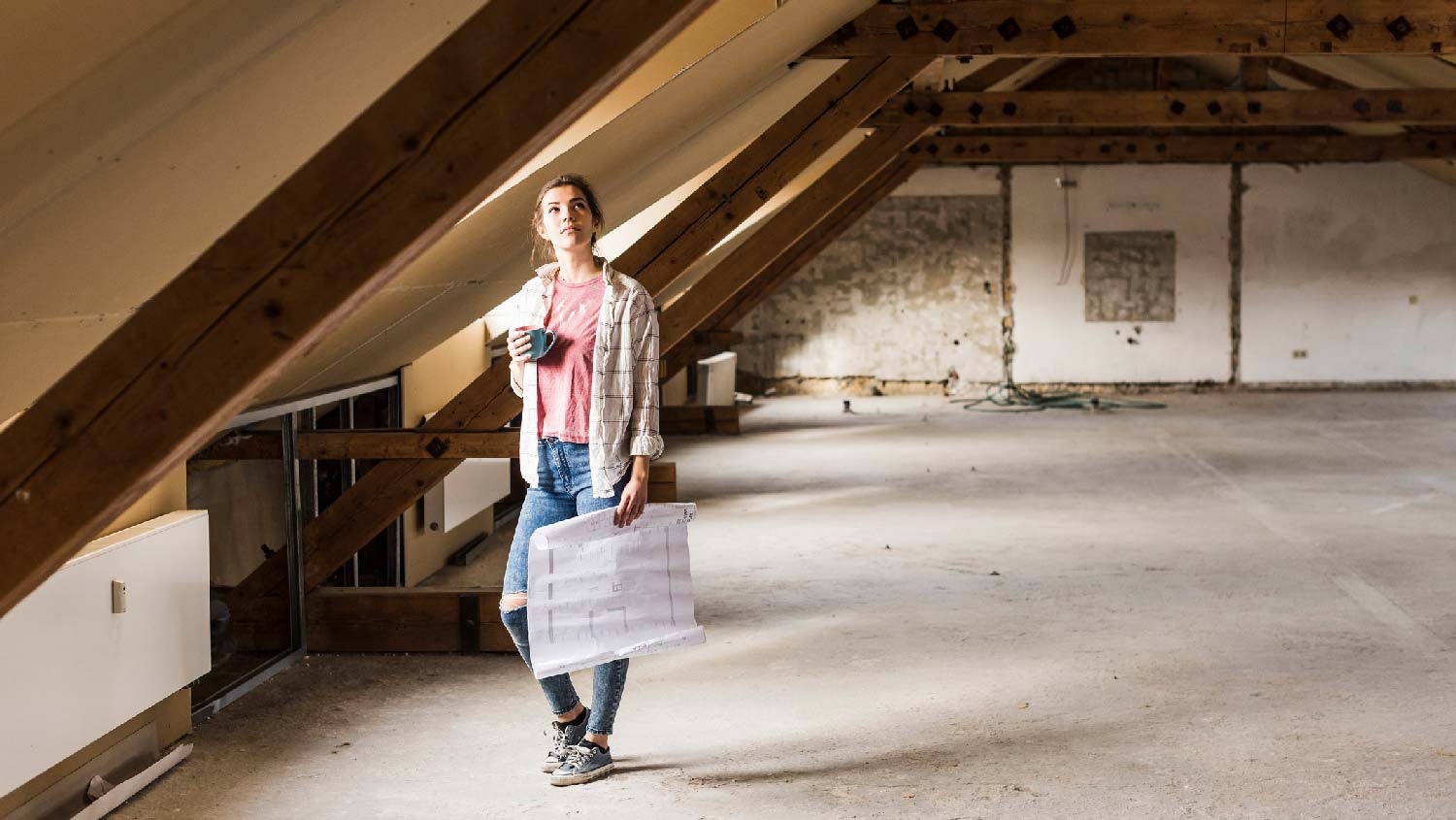
If your basement or attic is unfinished and you can look at the back of finished walls, you should be able to see whether the wall is plaster or drywall. Plaster walls have wood strips or laths with plaster between them and loose wiring. Alternatively, drywall looks like paper or board slabs attached to wall studs, and you’ll see wiring attached to electrical boxes.
If you’re still unsure whether your walls are made of plaster or drywall, contact drywall installers near you who can help. A pro can advise you on the best options for remodeling or repairing what you have.
Whether your walls are drywall or plaster doesn’t make a big difference in day-to-day life, as long as they’re in good condition. But when you’re hanging art, removing wallpaper, resurfacing, or considering moving or removing a wall, what lies beneath the surface might change the project and the outcome. Having that knowledge before you start can let you know what’s possible and how to move forward.
Drywall consists of gypsum plaster sheets pressed between thick paper. It’s easy to install and goes up and down relatively quickly. It’s also easier to wallpaper over, and it accepts nails and picture hangers without cracking or chipping. Additionally, drywall installation costs tend to be less expensive than plaster, and this option looks more modern and provides better insulation on exterior walls.
In comparison, plaster walls consist of strips of wood attached to wall studs, which contractors then cover with a mix of water and gypsum, lime, or cement. They’re thicker, denser, more expensive, and more time-consuming to install and tear down than drywall.
Plaster can also have a more high-end or old-world look and is better for soundproofing and fire resistance. However, decorating plaster walls can be more complicated than dealing with drywall, as plaster can crack or chip when you try to nail through it. Its rough surface is also harder to wallpaper over or paint evenly.
From average costs to expert advice, get all the answers you need to get your job done.

Skim coating drywall is a great alternative to replacement, and is often more affordable. Use this guide to estimate the cost to skim coat walls in your home.

Drywall texture can create an attractive finish and add dimension to your home’s walls. This guide breaks down the factors that influence the cost to texture drywall.
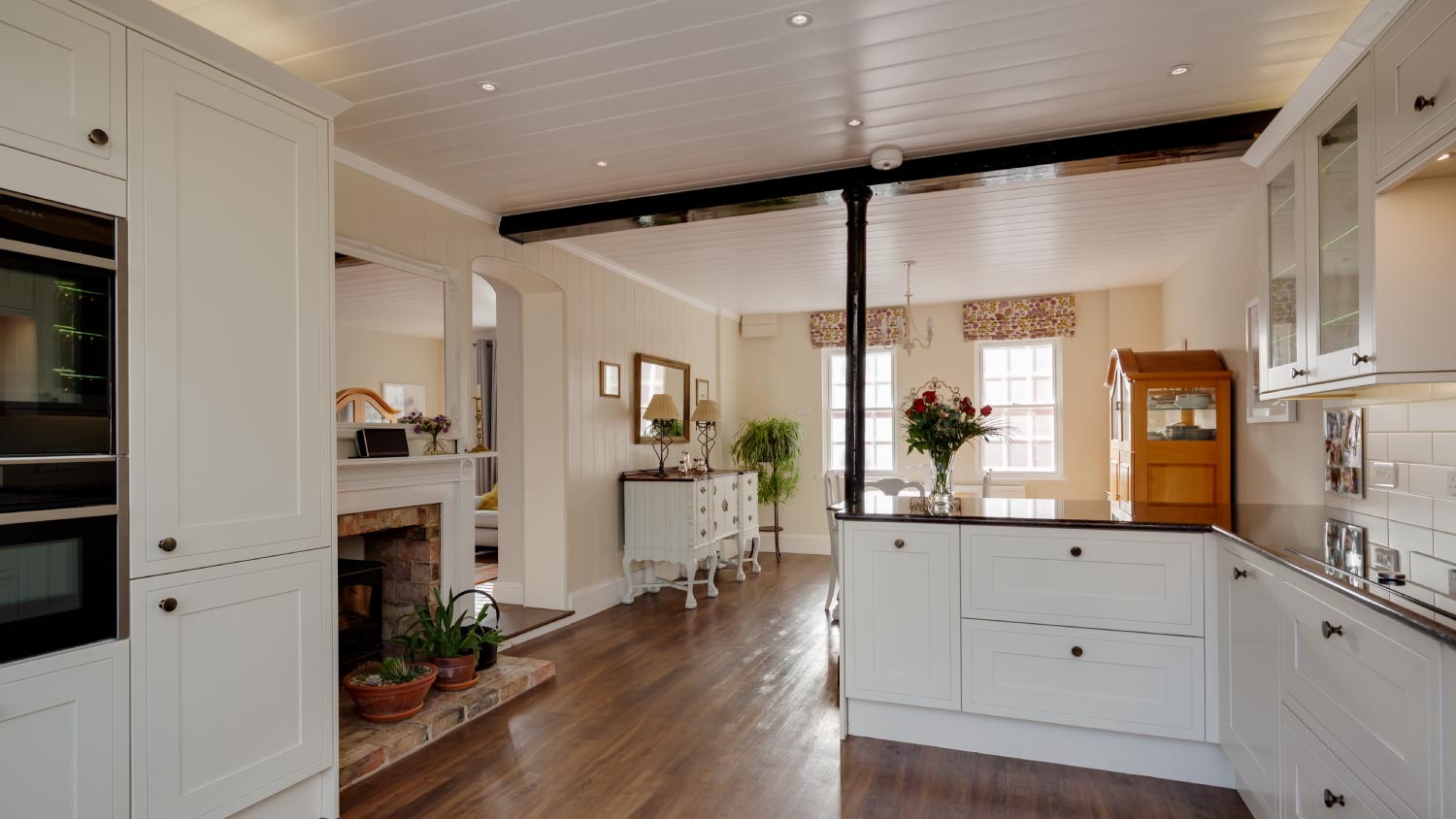
Installing beadboard ceilings is a great DIY project. Learn what to expect cost-wise from this project, whether removing or covering a popcorn ceiling.

Some types of drywall cracks are normal, but others are warning signs that something is wrong. Learn more so you can act quickly.
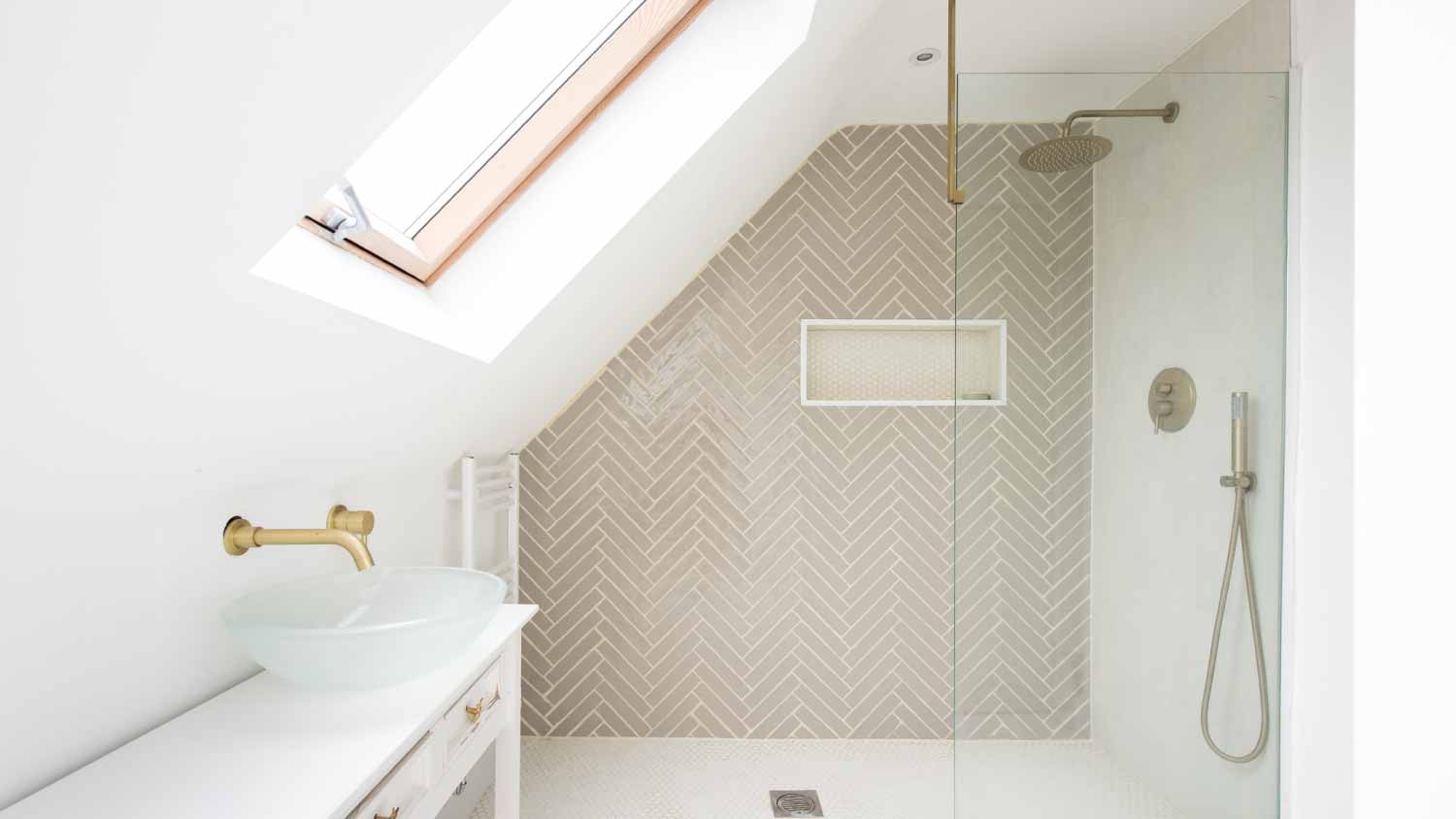
You should not drywall over tile because it won’t attach securely. Plus, there’s a risk of moisture getting trapped, leading to mold or other damage.

You're down to the nitty-gritty of drywall supplies and now you need to know if paper vs mesh drywall tape is the way to go. Here's how to choose.